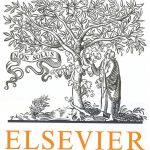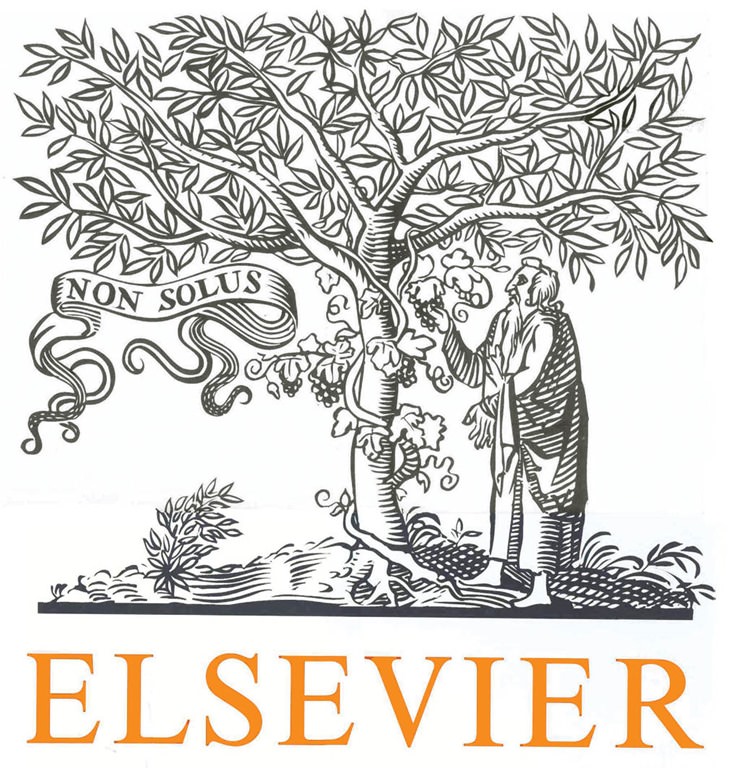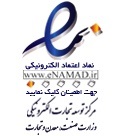5. Discussion
This study examined the physiological consequences of technology use in fast-paced families. Few studies have tested how technology use is associated with people's biological stress markers (i.e., cortisol) (for exceptions, see Brom et al., 2014; Gentile, Bender, & Anderson, 2017; Heo et al., 2017; Morin-Major et al., 2016; Wallenius et al., 2010). To our knowledge, this is the first study to assess the association between technology use and inflammation. This study is also important in that it accounts for individual family members' technology use and biosocial markers as embedded within larger technology use within the family system. The results showed that technology affected family members differently, largely as a function of the types of technology used. The most evident finding was that technology had the greatest effect on adolescents' CAR and IL-6 compared to mothers and fathers. Adolescents with higher phone use, greater general media exposure, and larger social network sizes via Facebook demonstrated a greater rise in their CAR and higher rates of IL-6.








